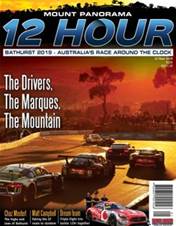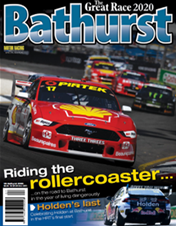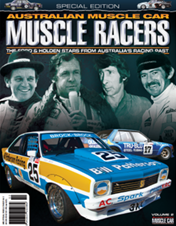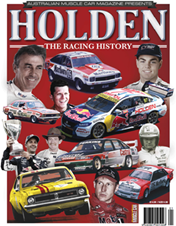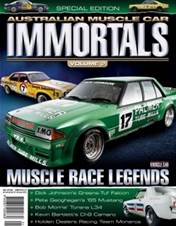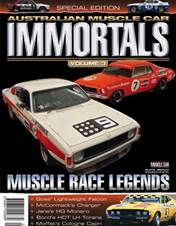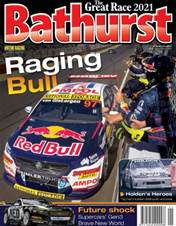We are constantly amazed at the number of fascinating cars owned by AMC readers who like to tell us what they have sitting in the garages. Some even invite us around for a look.
After our story in issue #54 on the 1985 Brabham Ozcar GT project (‘Soul by Brabham, Engine by Brock’) we were contacted by auto electrician Jeff Mills who told us that he owns the previous car developed by the same team who tried to get the Brabham GT off the ground.
Anyone remember the Triad?

This was an earlier concept by the trio of Cliff Trefry and twin brothers Bob and Wal Hadley. Unlike the Brabham project this one actually got to prototype stage and this is the car that Jeff Mills picked up in 2007. It’s the only Triad ever built. He’s in the process of restoring it.
Jeff thinks the Triad name came from the fact that three guys were involved. AMC thinks no one would dare market a car using the Triad name in 2011...
The automotive Triad was big news at the time. It featured on the cover of Modern Motor in December 1984 and was given a six-page story in Wheels the month before. Both magazines saw its potential. Modern Motor was more enthusiastic, describing it as a “Kevlar-bodied, fuel-injected, V6-powered, mid-engined sports that looks set to take on the best in the world.”
The bright yellow car attracted a lot of attention when it appeared at the 1985 Sydney Motor Show. Jack Brabham was also impressed after taking the prototype for a test drive at Amaroo Park, an experience that led to him agreeing to support their next project.

Trefry and the Hadley Brothers had started work on the Triad in 1981, pretty much as a pet project in their spare time. The exterior is obviously inspired by the Lotus Esprit but there are some original touches in there as well, like the wheels which are handmade to their own design. Total weight of the Triad was 1020kg, 180kg less than the Esprit.
The three builders certainly knew their stuff. Trefry was a former Ford engineer who also worked on race cars with Ron Tauranac, hence the Brabham connection. By the time the Triad project started he had set up a lucrative business in Sydney making, believe it or not, artificial eyeballs.
The Hadley brothers were coachbuilding experts from England where they worked on special bodies for Rollers, Bentleys and Daimlers. Later they worked in the aircraft industry before moving to Australia and setting up a workshop in the Sydney suburb of Smithfield. Here they made the special bodies for hearses and limousines.
So this is a car built largely from the proceeds of selling fake eyes and hearses.
The Triad trio determined before the motor show that they would only go ahead with limited production if they received 10 definite orders from the public plus an offer from a financial backer. They received six orders, and no offers from entrepreneurs, so the project was canned.
Perhaps one drawback was the Triad’s price of $50,000. Another may have been choice of the Volvo B28E as the preferred powerplant, connected to a Citroen SM five-speed gearbox.
It’s worth noting that when Brabham was approached to endorse the next project, he insisted that any car bearing his name would have to be powered by an Aussie V8 engine (a Brock Group 3 Holden, placed up front where it belongs).
Regardless, Jeff Mills now has one of Australia’s most unique cars in his garage, where it shares space with a 1966 Mustang convertible, Mazda RX7, PRB Clubman and a Mini-powered motorkhana special. He bought it as a complete machine but in non-working condition. It had been stored close to the ocean so his first job is to give the chassis and engine a soda blast to remove the layer of salt scum.

The fibreglass/kevlar honeycomb body, surely one of the first to be fitted to a road car in Australia, is in surprisingly good nick. Jeff says this is the only official Triad built, although he’s been told that two more fibreglass shells were taken from the mould and built up by other individuals as one-off specials. Both were fitted with V8s and while there’s plenty of room in the chassis to replace the Volvo with something beefier, he wants to keep it as original as possible.
The restored Triad will be road-registered and should be plenty quick enough in its current format. In 1985 its top speed was estimated at 220km/h at 6000rpm.
We’ll run some more photos of the car when it’s finished.



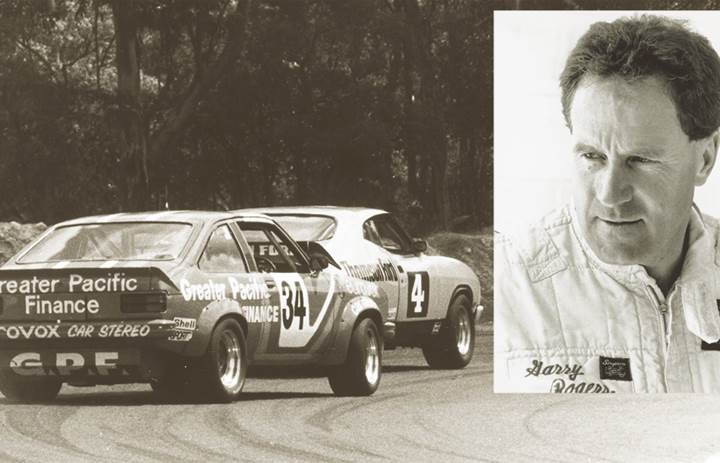


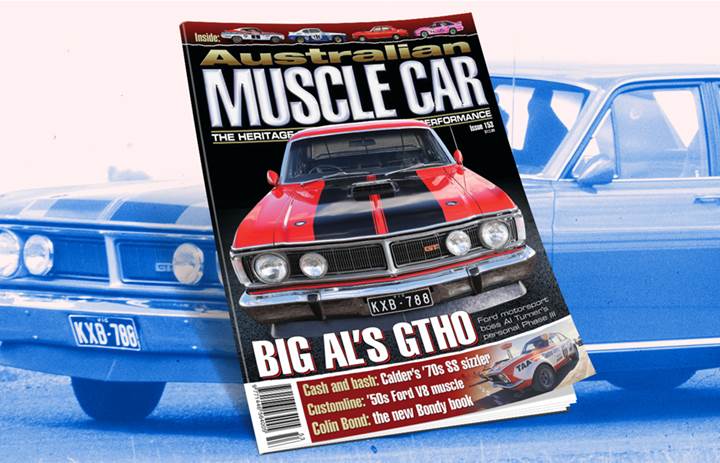
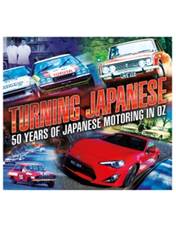
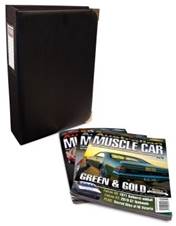


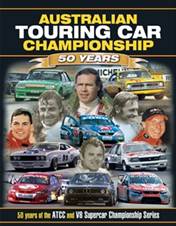

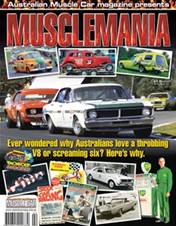
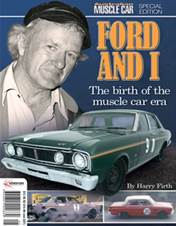
.jpg&q=70&h=226&w=176&c=1&s=1)
